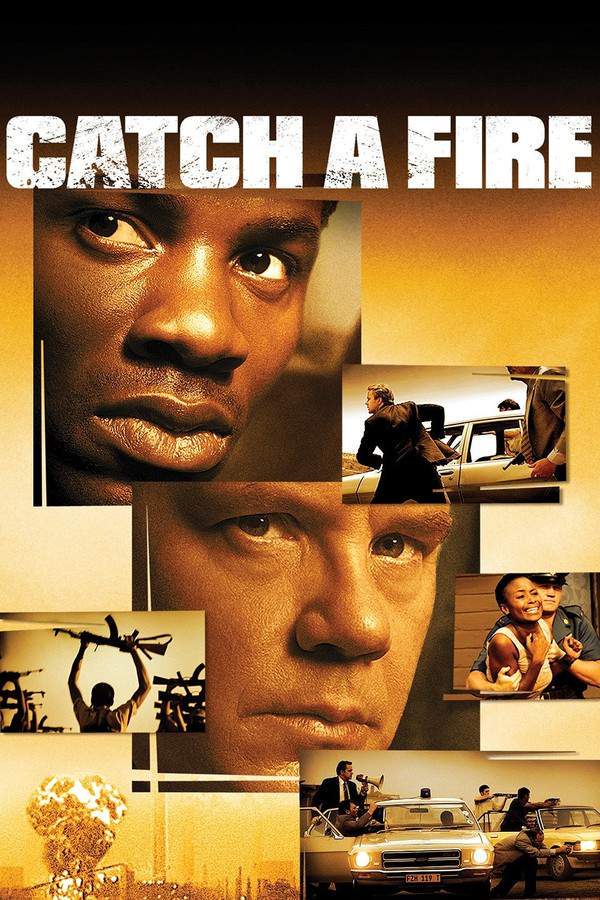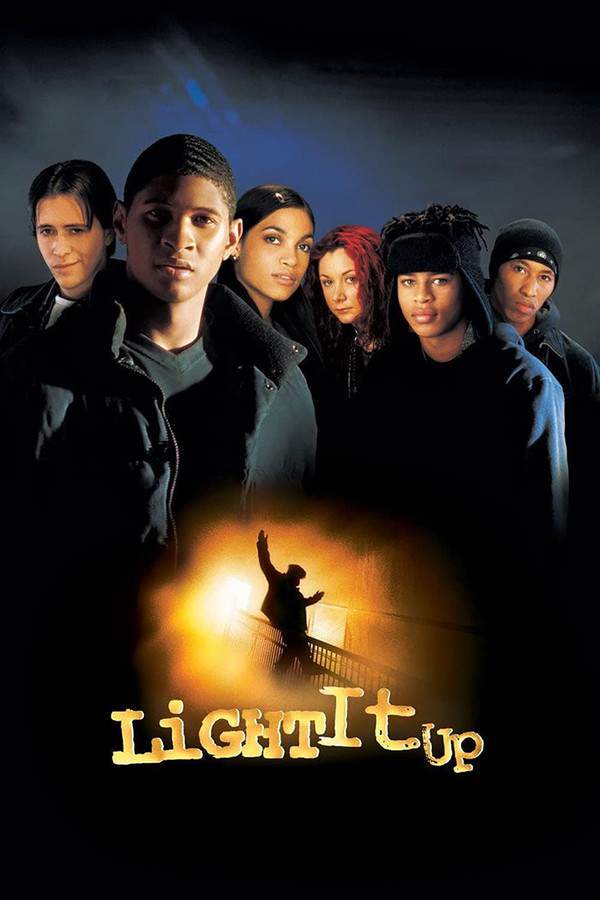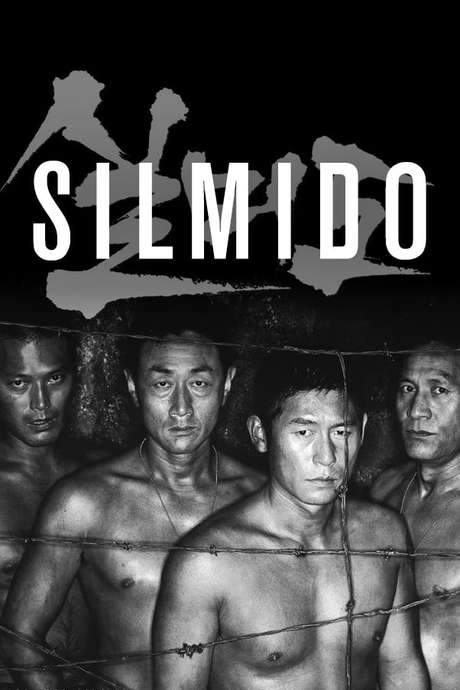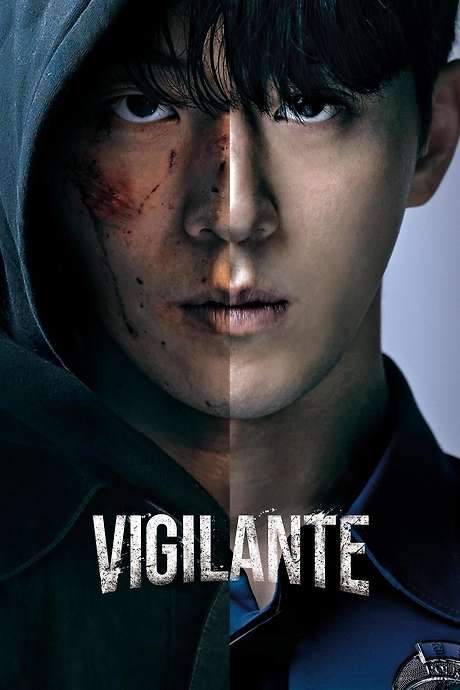
A Single Spark
Year: 1995
Runtime: 92 mins
Language: Korean
Director: Park Kwang-su
Kim, an activist and law school graduate, is pursued by the mid‑1970s Park regime as he seeks to write a book about Jeon Tae‑il, the 22‑year‑old union activist who immolated himself to protest government hypocrisy. Their struggle ignites a broader movement that reshapes the nation.
Warning: spoilers below!
Haven’t seen A Single Spark yet? This summary contains major spoilers. Bookmark the page, watch the movie, and come back for the full breakdown. If you're ready, scroll on and relive the story!
A Single Spark (1995) – Full Plot Summary & Ending Explained
Read the complete plot breakdown of A Single Spark (1995), including all key story events, major twists, and the ending explained in detail. Discover what really happened—and what it all means.
In Seoul, a powerful, two‑timed story unfolds across color and black and white, weaving personal lives into a broader history of workers’ rights and political courage. At the center is a dual narrative that keeps returning to the question of what ordinary people will do when faced with exploitation and indifference from those in power.
In the contemporary timeline, Moon Sung-keun’s character Young‑soo is a law school graduate with a past shadowed by militant, subversive activities. He hides from authorities while quietly shaping a biography about Jeon Tae‑il, the garment worker whose death sparked a movement. Young‑soo moves with a careful resolve, meeting in secret with his wife Shin Jeong‑soon [Kim Sun-jae] who is pregnant and deeply involved in organizing a trade union at her workplace. Their home life is tender yet strained by the weight of risk and the urgency of their cause. To give his project substance, Young‑soo travels across the city, interviewing Tae‑il’s friends and former colleagues for the material that will illuminate the worker’s life and the harsh realities of life in the garment industry. He even reaches out to Tae‑il’s mother [Lee Joo-sil], bridging generations of struggle through dialogue and memory. This present‑day segment, rendered in vibrant color, often lingers on the bustling market streets and the crowded rooms where activists once debated, argued, and hoped for real change.
The film then shifts to a parallel past, presented in stark, monochrome frames that feel like a different era altogether. Jeon Tae‑il is a working man who begins by selling umbrellas in the streets, but soon earns a proper job at a garment factory in The Peace Market. The scenes reveal a harsh world where workers endure grueling hours, unpaid overtime, and meager pay, with few protections or benefits. Tae‑il’s father teaches him about the existence of labor laws, and this knowledge sparks a quiet, methodical campaign. Tae‑il conducts careful research, questions the bosses, and shares what he learns with his colleagues, distributing cakes to those who cannot afford to eat well. Inspired, the men and women form an activist group named The Fool’s Association, determined to push for recognition and enforcement of workers’ rights.
A key turning point comes when Tae‑il compiles a detailed report for the Ministry of Labour, demonstrating how many provisions are ignored in practice. The ministry promises to look into the issue, and Tae‑il exhorts his fellow workers to rest and recover, only to be fired for his efforts. He moves to a road construction project, where the abuse continues in different forms, yet his resolve does not falter. When he returns to the city to press the issue, he files a formal complaint, but the ministry once again proves more aligned with business interests than with the laboring people it is meant to protect. The narrative follows Tae‑il as he teams up with a journalist who needs solid facts, and Tae‑il travels from shopfloor to newsroom, gathering testimonies about pay, hours, sickness benefits, safety, and dignity. The journalist’s exposé, published in the newspaper, draws attention to the working conditions and spurs a new round of government promises and street protests.
As the protests resume and momentum builds, the workers realize that real change will require a bold, uncompromising act. They decide to burn a book of labor laws in a public demonstration, signaling their disillusionment with a system that talks of protections but rarely enforces them. In a climactic moment that embodies sacrifice and rage, Jeon Tae‑il douses himself with petrol, lights the book on fire, and runs through the streets shouting the stark, defiant line: > We are not machines.
Back in the present, the journey comes full circle. Young‑soo walks through the familiar spaces of The Peace Market and, in a quiet echo of Tae‑il’s legacy, encounters a young man who bears a striking resemblance to the famous activist. Clutching a copy of The Life and Death of Jeon Tae‑il by Kim Yeong‑su, the figure frames the film’s central question: how do the lives of workers and their champions endure beyond a single lifetime?
Throughout the film, the contrasts between the two timelines are not merely stylistic: they illuminate how memory, evidence, and everyday courage intersect to sustain movements over time. The color‑filled present underscores the weight of history carried by those who work and organize today, while the black‑and‑white past offers a stark reminder of the risks and sacrifices that brought about awareness and occasional reform. The story respects both the personal stakes—families, marriages, and friendships tested by political action—and the larger, often frustrating politics of reform, keeping a steady, contemplative tone that stays true to the real people whose lives inspired a nation to look more closely at workers’ rights.
-
Moon Sung-keun Moon Sung-keun as Young‑soo
-
Kim Sun-jae Kim Sun-jae as Shin Jeong‑soon
-
Hong Kyung-in Hong Kyung-in as Jeon Tae‑il
-
Lee Joo-sil Lee Joo-sil as Tae‑il’s Mother
-
Dong Bang-woo Dong Bang-woo as Tae‑il’s Father
Note: All actor links are provided to the official site format, and only those actors listed in the cast are linked.
Last Updated: October 09, 2025 at 09:33
Unlock the Full Story of A Single Spark
Don't stop at just watching — explore A Single Spark in full detail. From the complete plot summary and scene-by-scene timeline to character breakdowns, thematic analysis, and a deep dive into the ending — every page helps you truly understand what A Single Spark is all about. Plus, discover what's next after the movie.
A Single Spark Timeline
Track the full timeline of A Single Spark with every major event arranged chronologically. Perfect for decoding non-linear storytelling, flashbacks, or parallel narratives with a clear scene-by-scene breakdown.

Characters, Settings & Themes in A Single Spark
Discover the characters, locations, and core themes that shape A Single Spark. Get insights into symbolic elements, setting significance, and deeper narrative meaning — ideal for thematic analysis and movie breakdowns.

Similar Movies to A Single Spark
Discover movies like A Single Spark that share similar genres, themes, and storytelling elements. Whether you’re drawn to the atmosphere, character arcs, or plot structure, these curated recommendations will help you explore more films you’ll love.
Explore More About Movie A Single Spark
A Single Spark (1995) Scene-by-Scene Movie Timeline
A Single Spark (1995) Movie Characters, Themes & Settings
A Single Spark (1995) Spoiler-Free Summary & Key Flow
Movies Like A Single Spark – Similar Titles You’ll Enjoy
A Touch of Sin (2013) Movie Recap & Themes
Catch a Fire (2006) Detailed Story Recap
Light It Up (1999) Full Summary & Key Details
KT (2002) Spoiler-Packed Plot Recap
1987: When the Day Comes (2017) Complete Plot Breakdown
Silmido (2003) Detailed Story Recap
Libera Me (2000) Complete Plot Breakdown
The Road Taken (2003) Full Summary & Key Details
A Bittersweet Life (2005) Plot Summary & Ending Explained
The Spark (2020) Detailed Story Recap
Single in Seoul (2023) Detailed Story Recap
A Japanese Tragedy (1953) Movie Recap & Themes
Snap and Spark (1000) Spoiler-Packed Plot Recap
Trial by Fire (1995) Ending Explained & Film Insights
Vigilante (1000) Story Summary & Characters

















